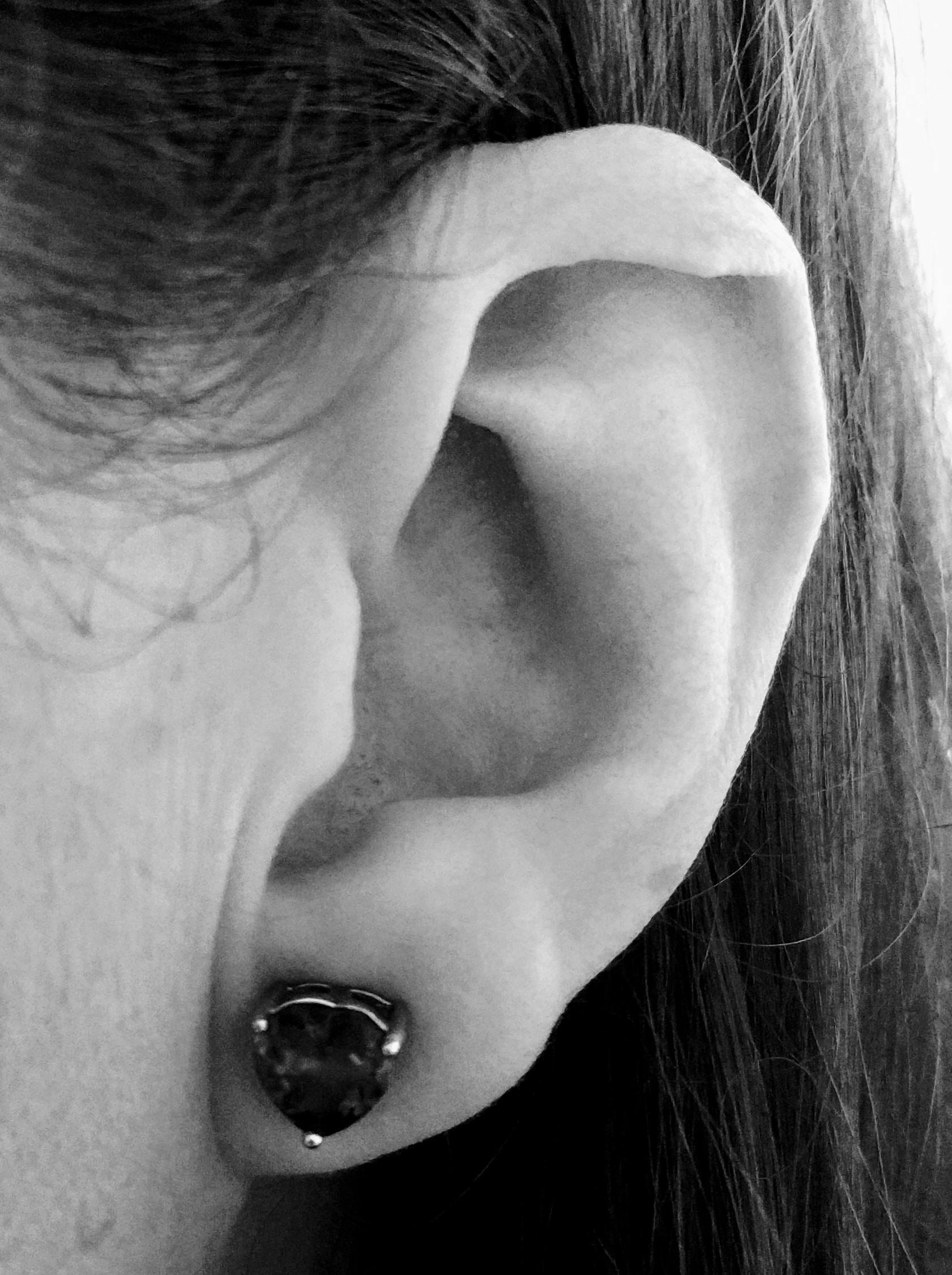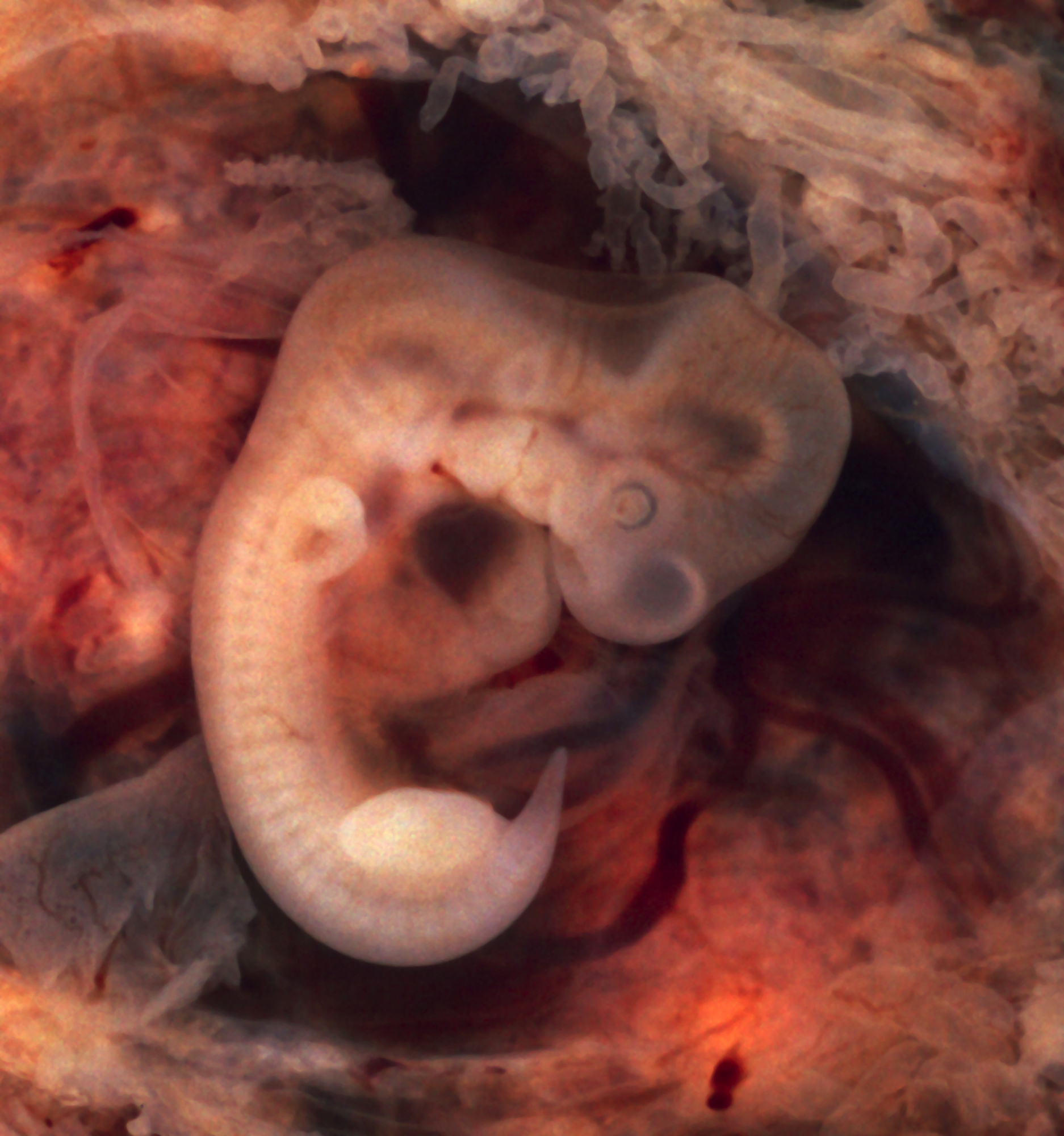|
Darwin's Tubercle
Darwin's tubercle (or auricular tubercle) is a congenital ear condition which often presents as a thickening on the helix at the junction of the upper and middle thirds. History This atavistic feature is so called because its description was first published by Charles Darwin in the opening pages of ''The Descent of Man, and Selection in Relation to Sex'', as evidence of a vestigial feature indicating common ancestry among primates which have pointy ears. However, Darwin himself named it the Woolnerian tip, after Thomas Woolner, a British sculptor who had depicted it in one of his sculptures and had first theorised that it was an atavistic feature. Prevalence The feature is present in approximately 10.4% of the Spanish adult population, 40% of adults in India, and 58% of Swedish school children. This acuminate nodule represents the point of the mammalian ear. The trait can potentially be bilateral, meaning present on both ears, or unilateral, where it is present on only on ... [...More Info...] [...Related Items...] OR: [Wikipedia] [Google] [Baidu] |
Homology (biology)
In biology, homology is similarity in anatomical structures or genes between organisms of different taxa due to shared ancestry, ''regardless'' of current functional differences. Evolutionary biology explains homologous structures as retained heredity from a common descent, common ancestor after having been subjected to adaptation (biology), adaptive modifications for different purposes as the result of natural selection. The term was first applied to biology in a non-evolutionary context by the anatomist Richard Owen in 1843. Homology was later explained by Charles Darwin's theory of evolution in 1859, but had been observed before this from Aristotle's biology onwards, and it was explicitly analysed by Pierre Belon in 1555. A common example of homologous structures is the forelimbs of vertebrates, where the bat wing development, wings of bats and origin of avian flight, birds, the arms of primates, the front flipper (anatomy), flippers of whales, and the forelegs of quadrupedalis ... [...More Info...] [...Related Items...] OR: [Wikipedia] [Google] [Baidu] |
Macaque
The macaques () constitute a genus (''Macaca'') of gregarious Old World monkeys of the subfamily Cercopithecinae. The 23 species of macaques inhabit ranges throughout Asia, North Africa, and Europe (in Gibraltar). Macaques are principally frugivorous (preferring fruit), although their diet also includes seeds, leaves, flowers, and tree bark. Some species such as the long-tailed macaque (''M. fascicularis''; also called the crab-eating macaque) will supplement their diets with small amounts of meat from shellfish, insects, and small mammals. On average, a southern pig-tailed macaque (''M. nemestrina'') in Malaysia eats about 70 large rats each year. All macaque social groups are arranged around dominant matriarchs. Macaques are found in a variety of habitats throughout the Asian continent and are highly adaptable. Certain species are synanthropic, having learned to live alongside humans, but they have become problematic in urban areas in Southeast Asia and are not suitabl ... [...More Info...] [...Related Items...] OR: [Wikipedia] [Google] [Baidu] |
Helix (ear)
The helix is the prominent rim of the auricle. Where the helix turns downwards posteriorly, a small tubercle is sometimes seen, namely the '' auricular tubercle of Darwin''. Additional images File:Gray906.png, The muscles of the auricula. File:Darwin-s-tubercle.jpg, Left: Darwin's tubercle. Right: the homologous point in a macaque. File:Slide2COR.JPG, External ear. Right auricle. Lateral view. File:Slide3COR.JPG, External ear. Right auricle. Lateral view. File:Slide4COR.JPG, External ear. Right auricle. Lateral view. References Ear {{anatomy-stub ... [...More Info...] [...Related Items...] OR: [Wikipedia] [Google] [Baidu] |
Descent Of Man - Burt 1874 - Fig 2
Descent may refer to: As a noun Genealogy and inheritance * Common descent, concept in evolutionary biology * Kinship, one of the major concepts of cultural anthropology **Pedigree chart or family tree **Ancestry **Lineal descendant **Heritage **Royal descent - lineal descent from a monarch *Phylogenetics ** Tree diagram (other) *Inheritance (law and property) Mathematics * Infinite descent, a method going back to Fermat to solve Diophantine equations * Descent (mathematics), an idea extending the notion of "gluing" in topology * Hadamard's method of descent, a technique for solving partial differential equations * Gradient descent, a first-order optimization algorithm going back to Newton * Descents in permutations, a classical permutation statistic in combinatorics Other uses *Descent (aeronautics), the decrease of an aircraft in altitude during flight *Descent (font), the distance that a typeface descends below the baseline in typography *Katabasis As a proper name ... [...More Info...] [...Related Items...] OR: [Wikipedia] [Google] [Baidu] |
Atavism
In biology, an atavism is a modification of a biological traits structure or behavior whereby an ancestral genetic trait reappears after having been lost through evolutionary change in previous generations. Atavisms can occur in several ways, one of which is when genes for previously existing phenotypic features are preserved in DNA, and these become expressed through a mutation that either knocks out the dominant genes for the new traits or makes the old traits dominate the new one. A number of traits can vary as a result of shortening of the fetal development of a trait (neoteny) or by prolongation of the same. In such a case, a shift in the time a trait is allowed to develop before it is fixed can bring forth an ancestral phenotype. Atavisms are often seen as evidence of evolution. In social sciences, atavism is the tendency of reversion: for example, people in the modern era reverting to the ways of thinking and acting of a former time. The word ''atavism'' is derived fr ... [...More Info...] [...Related Items...] OR: [Wikipedia] [Google] [Baidu] |
Charles Darwin
Charles Robert Darwin ( ; 12 February 1809 – 19 April 1882) was an English Natural history#Before 1900, naturalist, geologist, and biologist, widely known for his contributions to evolutionary biology. His proposition that all species of life have descended from a Common descent, common ancestor is now generally accepted and considered a fundamental scientific concept. In a joint presentation with Alfred Russel Wallace, he introduced his scientific theory that this Phylogenetics, branching pattern of evolution resulted from a process he called natural selection, in which the struggle for existence has a similar effect to the artificial selection involved in selective breeding.. Darwin has been described as one of the most influential figures in human history and was honoured by Burials and memorials in Westminster Abbey, burial in Westminster Abbey. Darwin's early interest in nature led him to neglect his medical education at the University of Edinburgh Medical Schoo ... [...More Info...] [...Related Items...] OR: [Wikipedia] [Google] [Baidu] |
The Descent Of Man, And Selection In Relation To Sex
''The Descent of Man, and Selection in Relation to Sex'' is a book by English naturalist Charles Darwin, first published in 1871, which applies evolutionary theory to human evolution, and details his theory of sexual selection, a form of biological adaptation distinct from, yet interconnected with, natural selection. Darwin used the word "descent" to mean lineal descendant of ancestors. The book discusses many related issues, including evolutionary psychology, evolutionary ethics, evolutionary musicology, differences between human races, differences between sexes, the dominant role of women in mate choice, and the relevance of the evolutionary theory to society. Publication As Darwin wrote, he sent chapters to his daughter Henrietta for editing to ensure that damaging inferences could not be drawn, and also took advice from his wife Emma. The zoological illustrator T. W. Wood, (who had also illustrated Wallace's '' The Malay Archipelago'' (1869)), drew many of the figure ... [...More Info...] [...Related Items...] OR: [Wikipedia] [Google] [Baidu] |
Vestigiality
Vestigiality is the retention, during the process of evolution, of genetically determined structures or attributes that have lost some or all of the ancestral function in a given species. Assessment of the vestigiality must generally rely on comparison with homology (biology), homologous features in related species. The emergence of vestigiality occurs by normal evolutionary processes, typically by loss of function of a feature that is no longer subject to Directional selection, positive Evolutionary pressure, selection pressures when it loses its value in a changing environment. The feature may be Negative selection (natural selection), selected against more urgently when its function becomes definitively harmful, but if the lack of the feature provides no advantage, and its presence provides no disadvantage, the feature may not be phased out by natural selection and persist across species. Examples of vestigial structures (also called degenerate, atrophied, or rudimentary orga ... [...More Info...] [...Related Items...] OR: [Wikipedia] [Google] [Baidu] |
Thomas Woolner
Thomas Woolner (17 December 1825 – 7 October 1892) was an English sculptor and poet who was one of the founder-members of the Pre-Raphaelite Brotherhood. He was the only sculptor among the original members. After participating in the foundation of the PRB, Woolner emigrated for a period to Australia. He returned to Britain to have a successful career as a sculptor, creating many important public works as well as memorials, tomb sculptures and narrative reliefs. He corresponded with many notable men of the day and also had some success as a poet and as an art dealer. One of his notable portrait medallions is that of the poet William Wordsworth in St Oswald's Church, Grasmere; Wordsworth is buried in the adjoining graveyard. Art career Born in Hadleigh, Suffolk, Woolner trained with the sculptor William Behnes, exhibiting work at the Royal Academy from 1843. He became friendly with Dante Gabriel Rossetti and was invited by him to join the Pre-Raphaelite Brotherhood. Woolne ... [...More Info...] [...Related Items...] OR: [Wikipedia] [Google] [Baidu] |
Mammal
A mammal () is a vertebrate animal of the Class (biology), class Mammalia (). Mammals are characterised by the presence of milk-producing mammary glands for feeding their young, a broad neocortex region of the brain, fur or hair, and three Evolution of mammalian auditory ossicles, middle ear bones. These characteristics distinguish them from reptiles and birds, from which their ancestors Genetic divergence, diverged in the Carboniferous Period over 300 million years ago. Around 6,640 Neontology#Extant taxon, extant species of mammals have been described and divided into 27 Order (biology), orders. The study of mammals is called mammalogy. The largest orders of mammals, by number of species, are the rodents, bats, and eulipotyphlans (including hedgehogs, Mole (animal), moles and shrews). The next three are the primates (including humans, monkeys and lemurs), the Artiodactyl, even-toed ungulates (including pigs, camels, and whales), and the Carnivora (including Felidae, ... [...More Info...] [...Related Items...] OR: [Wikipedia] [Google] [Baidu] |
Autosomal Dominant
In genetics, dominance is the phenomenon of one variant (allele) of a gene on a chromosome masking or overriding the Phenotype, effect of a different variant of the same gene on Homologous chromosome, the other copy of the chromosome. The first variant is termed dominant and the second is called recessive. This state of having Heterozygosity, two different variants of the same gene on each chromosome is originally caused by a mutation in one of the genes, either new (''de novo'') or Heredity, inherited. The terms autosomal dominant or autosomal recessive are used to describe gene variants on non-sex chromosomes (autosomes) and their associated traits, while those on sex chromosomes (allosomes) are termed X-linked dominant, X-linked recessive or Y-linked; these have an inheritance and presentation pattern that depends on the sex of both the parent and the child (see Sex linkage). Since there is only one Y chromosome, Y-linked traits cannot be dominant or recessive. Additionally, ... [...More Info...] [...Related Items...] OR: [Wikipedia] [Google] [Baidu] |







